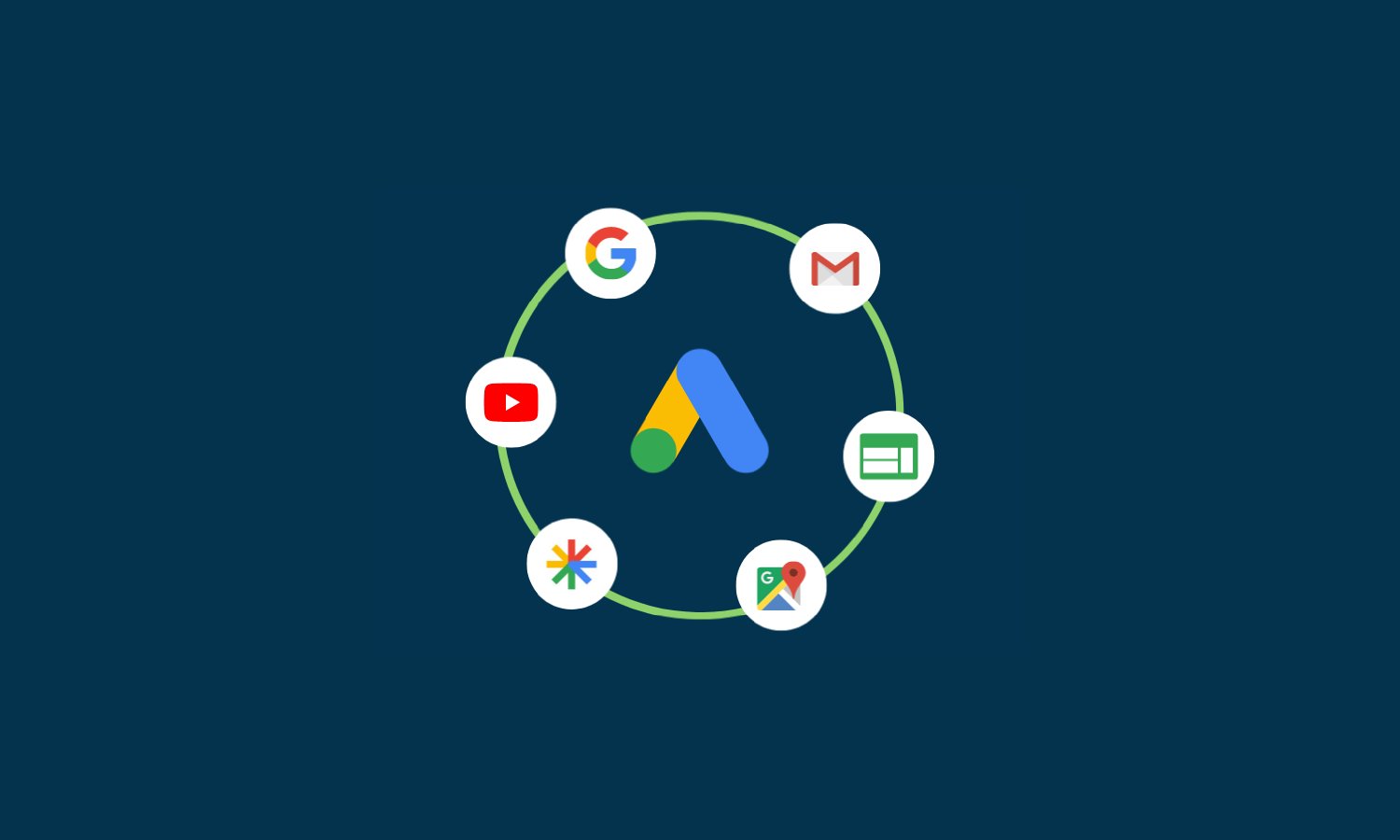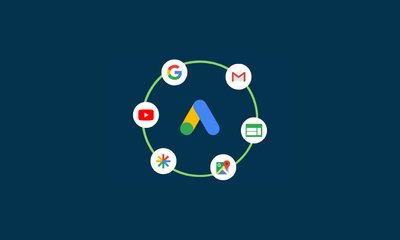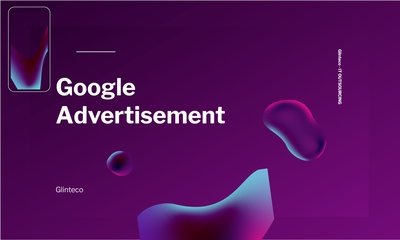Navigating Google's Performance Max Updates: Balancing AI Efficiency with Advertiser Control
By dunghv, at: April 11, 2025, 10:02 p.m.
Estimated Reading Time: __READING_TIME__ minutes


Google's recent enhancements to its Performance Max (PMax) campaigns aim to empower advertisers with better tools for customer engagement and creative management. While these updates promise improved performance, they also bring to light the growing dominance of AI in advertising and the accompanying challenges.
Embracing Customer Lifecycle Goals
Retention Goals for Lapsed Customers
Advertisers can now set specific retention goals, enabling strategic bidding to re-engage high-value former customers. Ref: https://developers.google.com/search/docs/fundamentals/seo-starter-guide
New Customer Acquisition Reporting
In "new customer only" and "new customer value" modes, a dedicated column in campaign reports displays customer acquisition costs, allowing for more precise tracking and optimization.
Enhancing Creative Assets with AI
Landing Page Image Sourcing
PMax can automatically extract images from your landing pages to diversify ad creatives. Ref: https://yoast.com/how-to-use-headings-on-your-site/
Smart Cropping
This feature generates multiple versions of existing images through intelligent cropping, increasing the variety of ad creatives and expanding ad inventory access.
The Double-Edged Sword of AI in Advertising
While AI-driven tools like PMax offer efficiency and scalability, they often operate as "black boxes," limiting advertisers' visibility into ad placements and audience targeting. This lack of transparency can be disconcerting, as noted by industry professionals.
Strategies for Advertisers
Maintain Oversight
Regularly review campaign performance and utilize available reporting tools to monitor AI-driven decisions.
Customize Where Possible
Leverage the new image controls and customer targeting features to tailor campaigns to specific goals.
Stay Informed
Keep abreast of updates to AI tools and adjust strategies accordingly to maintain a balance between automation and control.
Conclusion
Google's Performance Max updates represent a significant step towards more personalized and efficient advertising. However, as AI continues to play a central role in campaign management, advertisers must navigate the trade-offs between automation benefits and the need for transparency and control.


![[One Package Per Day] Django-Taggit](/media/filer_public_thumbnails/filer_public/82/65/82652150-70f0-4b4d-b760-e5f707baaed9/one_package_per_day_-_django_taggit.png__400x240_q85_crop_subsampling-2_upscale.jpg)


